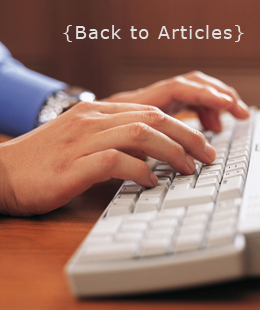 |
||||

Contact Us
|
Continued... Page 6 > Expert Witness at Trial In many ways, the lawyer must do with the expert the same sort of streamlining process that publications like Reader's Digest or USA Today do to news and magazine articles. I was walking back recently from lunch with another lawyer who glanced at the USA Today headlines through the plexiglass window in the dispensing machine. He remarked, ìGood old USA Today , you don't even have to buy the newspaper, one look through the window gives you the drift of the entire story.î In the same way, the Reader's Digest is the most widely read magazine in the world because it has chiseled the less interesting parts of the articles out in the editing process and only has left what the readers will be interested in. You must do the same thing with the testimony of your expert witnesses. Scripting The Expert's Testimony The thoughtful advocate spends a good deal of determining the most powerful way of presenting an expert's testimony. The lawyer will meet with the expert on a number of occasions and extract the most essential parts of the expert's testimony, presenting only those to the jury. When the lawyer and the expert have come up with their final version of the expert's presentation to the jury, it is then useful to videotape that and show it to a focus group in a mock trial setting. Ask the jurors in the mock trial what parts of the expert's testimony they found persuasive and what parts were difficult for them to accept. In this way, the ìtest marketingî of the expert's opinions can give important feedback on how likely they are to be accepted by a lay jury. In this manner, you can isolate the ìhot buttonsî that will have maximum juror appeal. Visualize Everything In addition to having a rapid, streamlined pace by your expert witnesses, it is also essential to visualize all of the information contained within their testimony. I always operated under the assumption that if any expert does not show and tell the jury, testimony will not be persuasive and will not be remembered back in the jury room. There is nothing particularly revolutionary about this. Going back to our earliest experiences in grade school, there was a reason we were surrounded by chalk boards which our better teachers used frequently to write down information. Sound is not an effective, efficient medium for the transmission of detailed information. Our mind glazes over when a speaker merely bombards us with one statistic after another. Rather, the use of sound is to bond with the audience, to motivate, inspire and galvanize them. Detailed information in an analysis is best transmitted through sight and presentation in a visual medium, not in an auditory fashion. If an expert merely scalds the ears of the jurors with a large volume of talk and no use of visual aids, the chances are the information will not be remembered. |
|||
Disclaimer | Sitemap | Contact Us | 2008 All Rights Reserved | Site Developed by Catherine Flemming | Designed by Suryn Longbotham |
||||